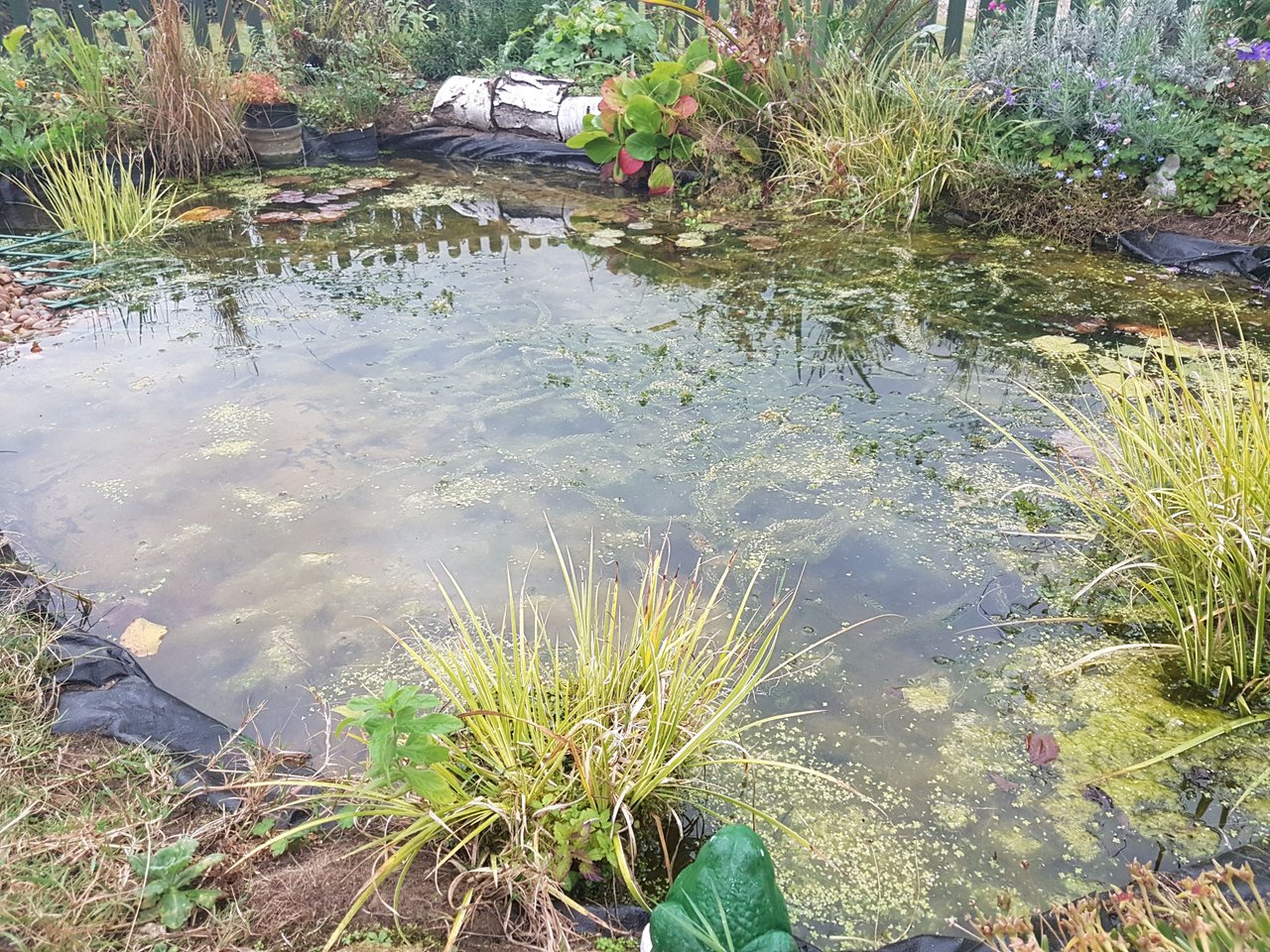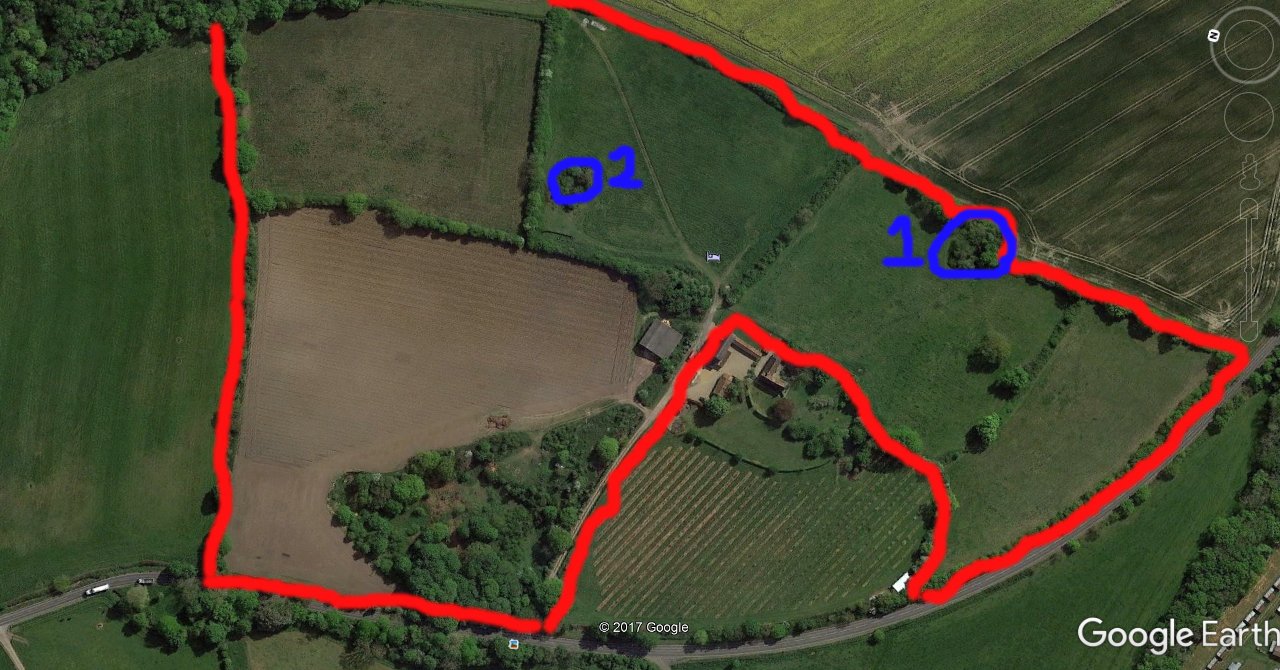In this post I'll explain a little about my pond restoration project and what I'd like to achieve.

In my previous post Why I'm a Wannabe Farmer I talked about my dream of farming. In a nutshell; I'm to inherit 40 acres of land that's been left to go wild over three decades. The challenge? To move there and start a new, farming life. There are a few hurdles in the way that prevent any immediate move so over the coming two to three years, I'll be working the land and 'preparing', if you will, for our arrival.
So far, I've begun planting a 3.5 acre wildflower meadow, have young saplings growing at home for later transplant, have installed owl boxes, sown the beginnings of a brand new English bluebell grove, started to clear bramble thickets and undertaken a new project restoring and revitalizing a couple of old ponds.
The challenge and goal? Nurture the land back into life, both in terms of biodiversity and land fertility, so that when I'm given the green light to move and build a home, I can hit the ground running when it comes to launching the small farming business.
Restoring the Ponds
I love a good wildlife pond; a place rich in diversity, acting as a watering hole for land creatures and being a home for amphibians and aquatic species. No area can be truly be a wildlife haven without a pond. With a good pond, you'll have both shady and sunny spots, and can sit and watch as dragonflies zip back and forth, birds visit for a drink or bath and even, perhaps, a few amphibians move in to lay their eggs each spring. This year, to add to the many projects already underway, I've started a new task - to clear, renovate and restore two VERY OLD AND OVERGROWN ponds on the farmland.
You can see from the image below where the two ponds are.

In my living memory, these ponds have never been much more than mud pits. There was the occasional clump of frog spawn, and a pair of Canada geese used to nest on Pond 1 every few years, but I can't say they were ever a wildlife oasis. My conservation work on the land has struck a chord to fix this however.
I initially started work on Pond 2 BUT, the hives of bees did not like the work, became aggressive and stung me several times. It's not fun trying to work whilst getting attacked, so the plan was abandoned in favour of restoring Pond 1 first.
The main work over the next couple of months is to clear the majority of surrounding brambles, shrubbery and trees to a) allow light into the pond and b) preventing the water becoming continually filled with leaves. I'm limited in my major renovation work due to bird nesting seasons - I really shouldn't be cutting between March and August, which leaves me just the winter months to get the work done. In the UK, for those receiving farming grants, it's actually illegal to clear between these times and though I'm not ruled by these regulations, I think it's good advice to adhere too.
- Pros: No leaves, easier to see what I'm cutting and won't be disturbing wildlife.
- Cons: Short daylight hours! It's a 2 hour drive to the land, so it'll be lots of early mornings to rush up to site and use what few hours of light there are.
You can see from my video below that the work has started. BUT...it's a huge task!
By the spring I hope to have cleared most of the pond and be ready for some planting. Though it's to be a wildlife pond, I'll also be using some cultivated plants to offer added attraction, but also to ensure there's foliage, greenery and flowers across as much of the year as possible to benefit wildlife.
There's also the consideration of the water quality itself. Though I initially considered trying to hire machinery to dredge these ponds, the geology of the land causes some concerns. The ground is a mix of chalk spots covered with clay, and it's this clay that's formed the two natural ponds. However, get a dredger in and accidentally gouge through the clay to the chalk and....no pond! So I've decided it'd be best to cut everything back and then assess the situation, possibly resulting in a lot of manual hand dredging in the future!
But, for now, it's a chainsaw, waders and bonfires for the next few months!

